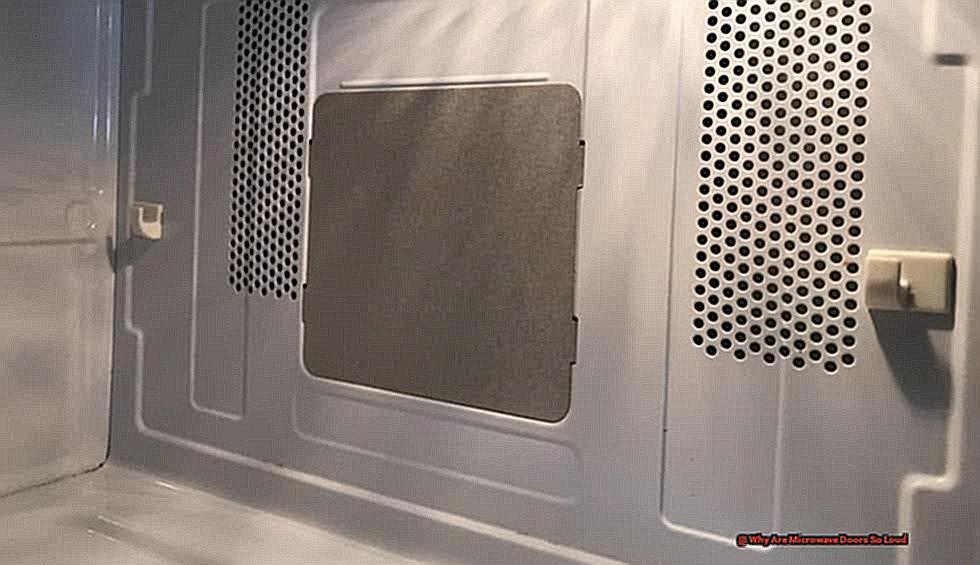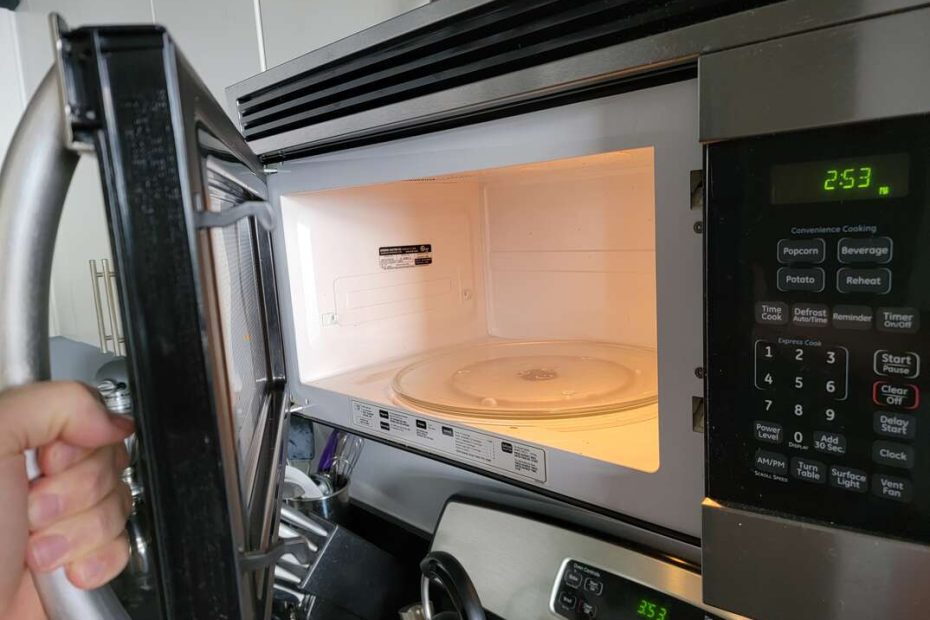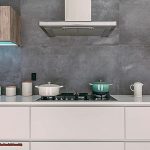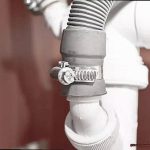Have you ever been startled by the loud noise of your microwave door when opening or closing it?
It’s a familiar sound in most homes, but have you ever stopped to question why it’s so loud?
Is there a logical explanation for the volume of microwave doors, or is it simply an irritating side effect of using this modern kitchen gadget?
In this blog post, we will explore the reasons behind the clamor of microwave doors and discover some fascinating insights about microwaves.
So, sit back and prepare to expand your knowledge about this essential kitchen tool.
Contents
The Science Behind Microwaves
Microwave doors can produce a noticeable sound when opening and closing due to the intricate design and construction required to contain microwaves. The seal must be tightly secured, both for safety reasons and to ensure efficient operation. This is achieved through the use of specialized latches and hinges that create a “snap” sound when engaged, creating friction between components.

| Reason for Noisy Doors | Explanation |
|---|---|
| Tight Seal | The door must be tightly sealed to prevent harmful microwave radiation from escaping and affecting the appliance’s effectiveness. |
| Specialized Latches | The latches used on microwave doors are designed to create a secure seal, and over time they can become stiff, resulting in a distinct “snap” sound when opening or closing. |
| Hinges | Hinges play a crucial role in securing the door and allowing it to move smoothly. Friction between hinge components can contribute to the overall noise level. |
| High-Frequency Waves | Microwaves use high-frequency electromagnetic waves to heat up water molecules in food. These waves can also cause vibrations in the metal components of the door, adding to the noise level. |
| Regular Maintenance | To reduce the noise level of microwave doors, regular maintenance such as lubricating hinges and replacing worn-out latches can make a significant difference. |
So, the loud noise produced by microwave doors is a result of their necessary design and construction. The tight seal, specialized latches, hinges, high-frequency waves, and lack of maintenance all contribute to the overall noise level. By understanding the science behind microwaves and the function of their doors, homeowners can better troubleshoot and maintain their appliances for optimal performance. It is important to regularly maintain and service your microwave to ensure its longevity and minimize any disruptive noise.
Reducing Microwave Door Noise
Reducing the noise of your microwave door requires taking several steps. These include maintaining the door, adjusting the sound level, and checking for any broken or loose parts.
Regular Maintenance:
- Keep the door and hinges clean and free of debris.
- Lubricate the hinges with cooking oil or WD-40 to reduce friction.
- Tighten any loose screws or bolts on the door and hinges.
- Replace any worn or damaged parts.
Adjust Sound Level:
- Look for a sound, mute, or volume button on your microwave and adjust it to a lower level.
- Some models may have specific buttons such as 0, *, 8, STOP, or CANCEL that can also be used to adjust the sound level.
- If your microwave has a settings menu, you can also adjust the sound level from there.
Check for Loose or Broken Parts:
- Inspect the door latches and hinges for any damaged or loose parts.
- Tighten or replace any faulty components to reduce movement and noise.
- Ensure the door seals tightly when closed to prevent excessive vibration.
Use Soft-Close Hinges:
- Consider installing soft-close hinges on your microwave door.
- These hinges use a hydraulic mechanism to slowly close the door without slamming, reducing noise and wear on the hinges.
Place Rubber Pads:
- You can also place rubber pads or dampening strips on the inside of the door where it makes contact with the microwave’s frame.
- This can help absorb some of the vibrations and reduce noise.
Hard Reset:
- As a last resort, try unplugging your microwave for a hard reset.
- This may reset any electronic components that could be causing excess noise.
By following these steps, you can effectively reduce the loud noise of your microwave door and enjoy a quieter kitchen.
Conclusion
In conclusion, the loudness of microwave doors is a necessary byproduct of their design and construction.
The tight seal, specialized latches, hinges, high-frequency waves, and lack of maintenance all contribute to the overall noise level. However, understanding the science behind microwaves and taking proactive steps such as regular maintenance, adjusting sound levels, and checking for loose or broken parts can effectively reduce this noise.
Additionally, installing soft-close hinges or using rubber pads can help absorb vibrations and further decrease noise levels. It is crucial to regularly maintain and service your microwave to ensure its longevity and minimize any disruptive noise.
So, next time you hear that familiar “snap” when opening or closing your microwave door, rest assured that it’s just a sign of its intricate design and not something to be concerned about. Keep these tips in mind for a quieter kitchen experience with your trusty microwave appliance.





